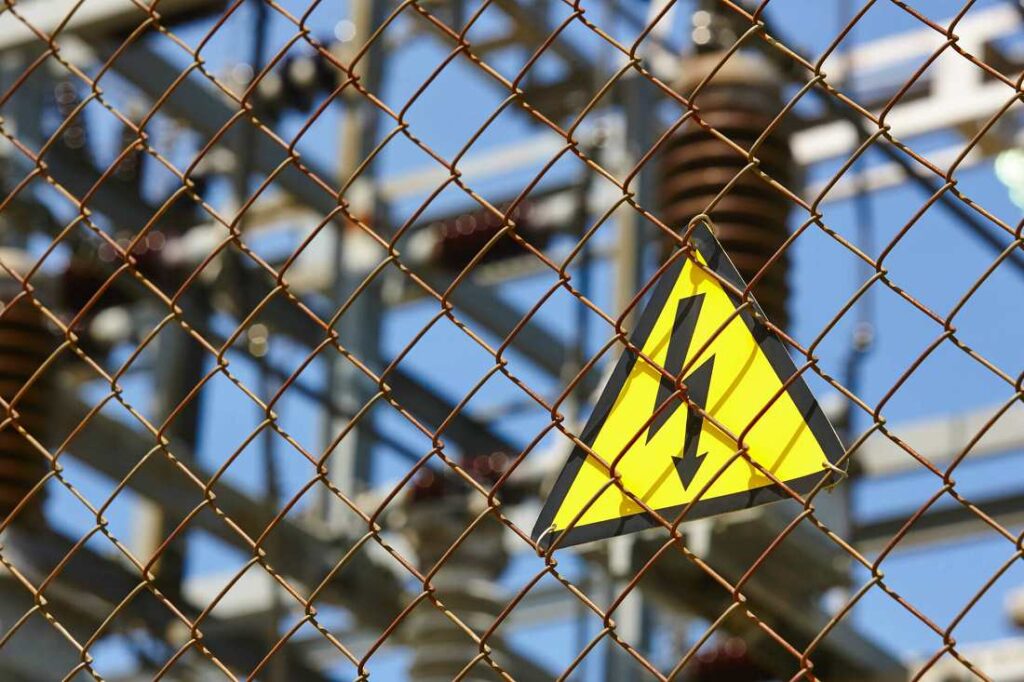
We know that electricity is essential to our way of life. At work, some employees engineers, electricians, electronic technicians, and power line workers work directly with electricity. Others work with it indirectly. Perhaps because it has become such a familiar part of our daily life, we don’t give much thought to how much our work depends on a reliable source of electricity. More importantly, we tend to overlook the hazards electricity poses and fail to treat it with the respect it deserves.
Did you know that electrical hazards cause more than 300 deaths and 4,000 injuries in the workplace each year?
We find that many organizations are shocked by the damages and cost each year by electrical hazards. Electricity is a serious workplace hazard, exposing employees to electric shock, electrocution, burns, fires, and explosions. Sadly, most of these injuries and fatalities could be easily avoided.
One of our clients recently acknowledged that before we supported them with Arc Flash protection, they were inadvertently putting their workers at risk. They did not anticipate the value of the training and the personal protective equipment (PPE) that we provided. They did not realize the cost of injuries related to electric shock and how much it negatively impacted their business.
The Occupational Safe & Health Administration (OSHA) standards cover many electrical hazards in many different industries including electrical safety standards for the construction industry. OSHA standards focus on the design and use of electrical equipment and systems. The standards cover only the exposed or operating elements of an electrical installation such as lighting, equipment, motors, machines, appliances, switches, controls, and enclosures, requiring that they be constructed and installed to minimize workplace electrical dangers. Also, the standards require that certain approved testing organizations test and certify electrical equipment before use in the workplace to ensure it is safe.
On average, two workers are hurt every hour due to an electrical injury. These injuries require time off and can be very costly to the employer.
Training and the use of proper PPE is crucial in protecting employees from injury. Training should cover the care and use of the PPE, giving the qualified worker the empowerment to make life safety decisions. A good rule of thumb for Arc Flash protection is to use PPE that has an arc rating equal to or greater than the calculated incident energy.
Machines are prone to issues and unpredictability. Workers need to wear protective gear when working in close proximity to potentially dangerous electrical equipment. Why then is it that many workers (even very qualified and experienced ones) aren’t more vigilant in using PPE? We’ve heard the excuses that they feel that PPE slows them down and that they think the repair will be quicker without. Please don’t allow your employees to take this type of risk.


